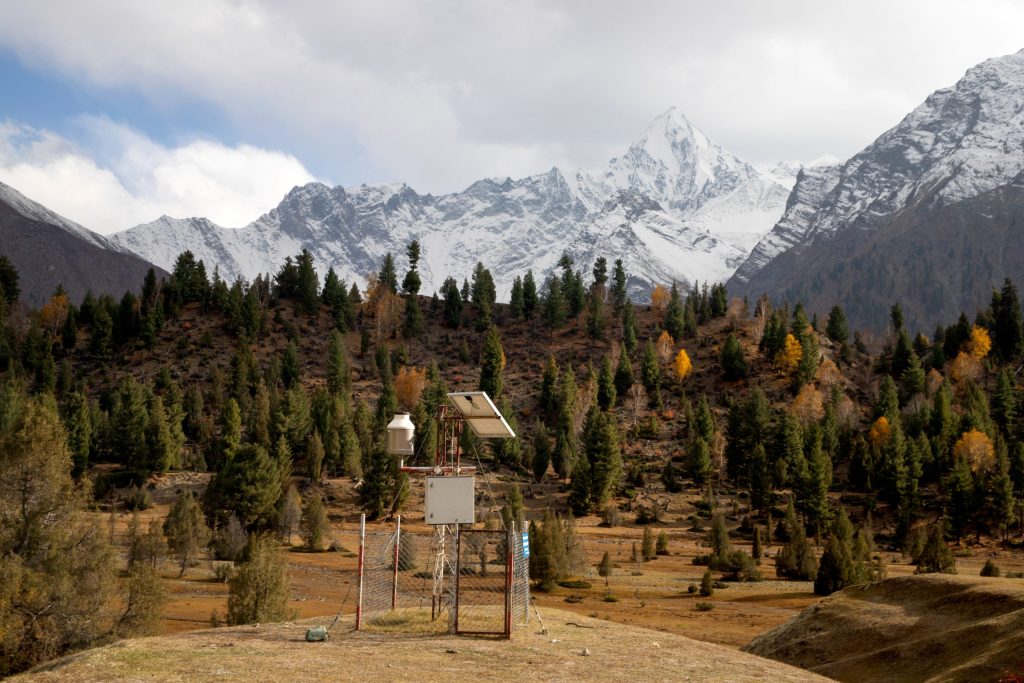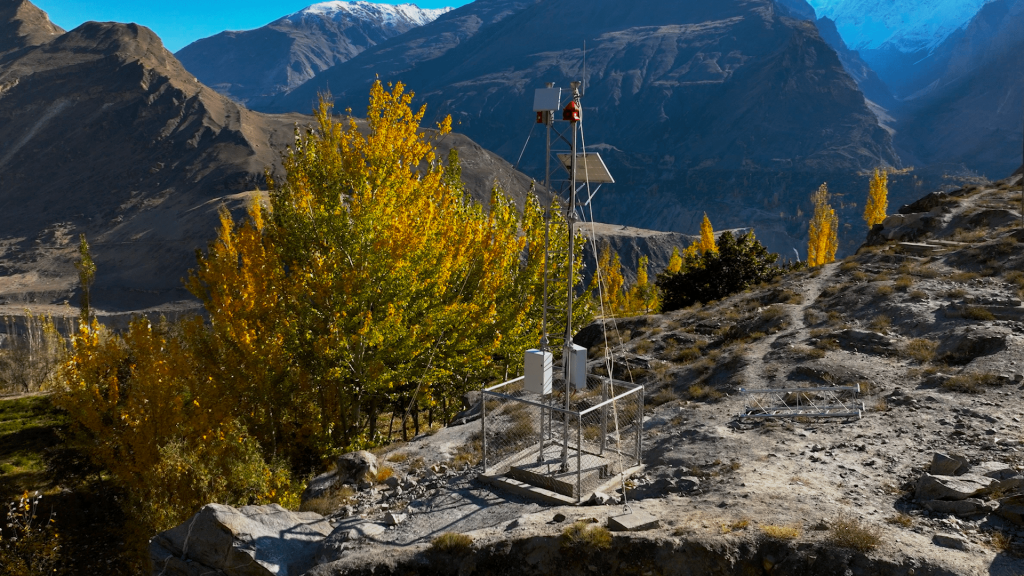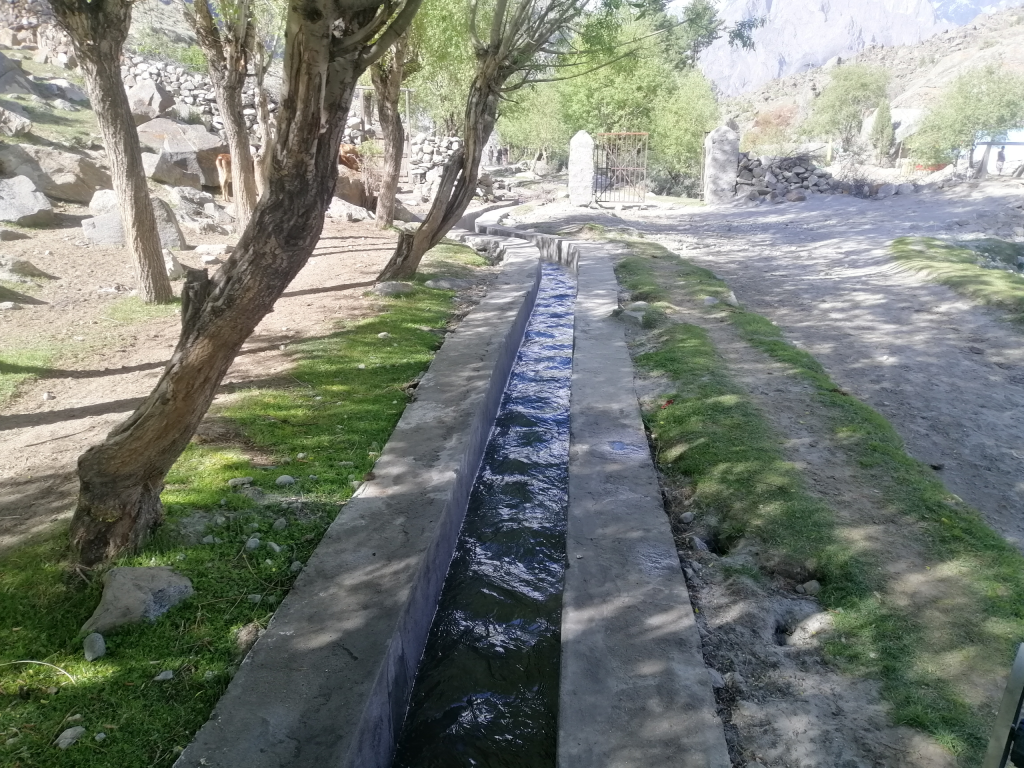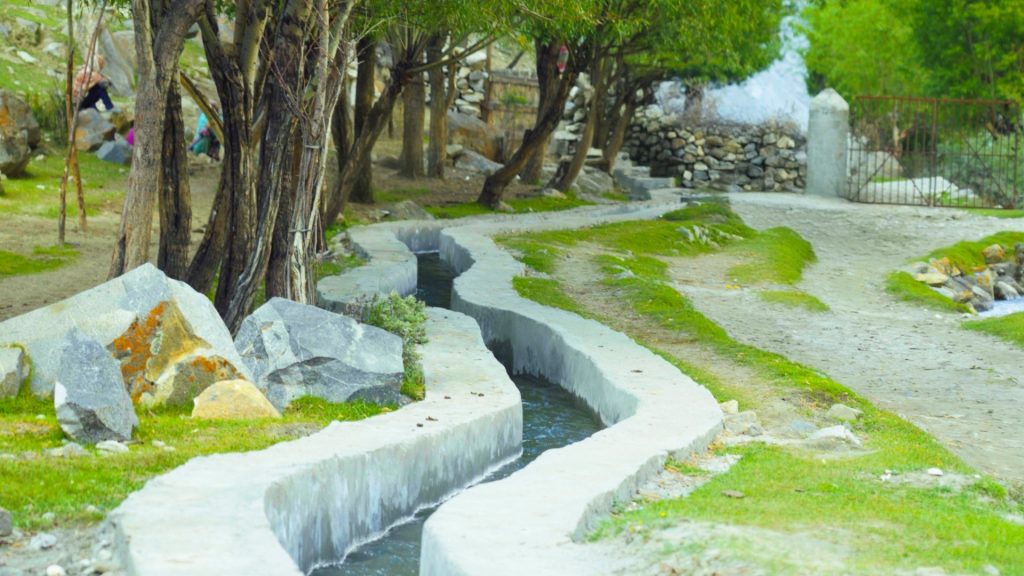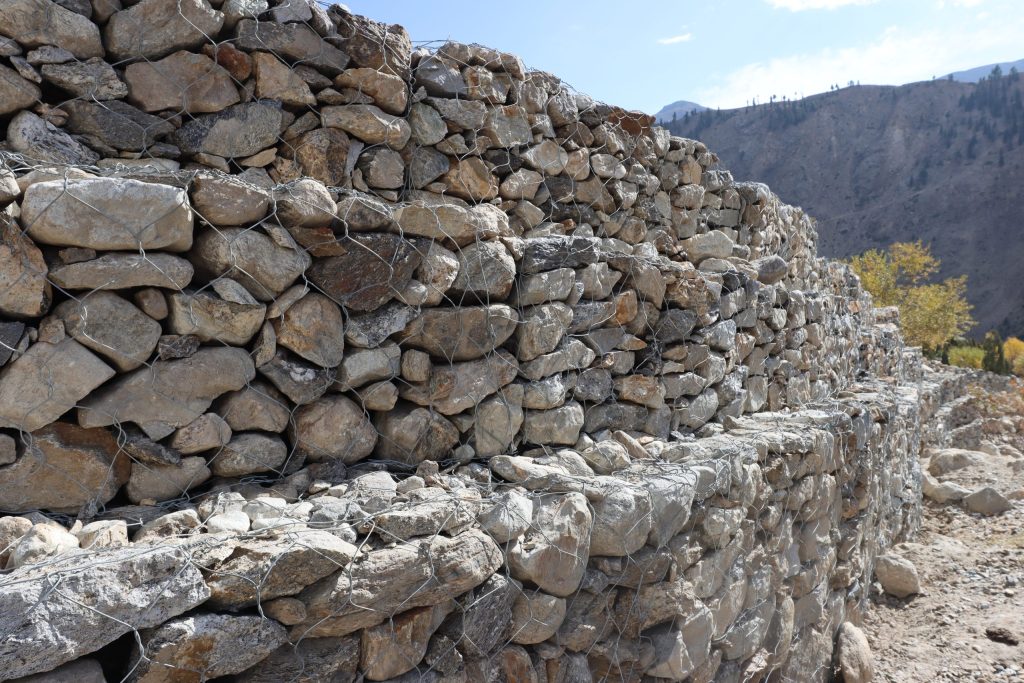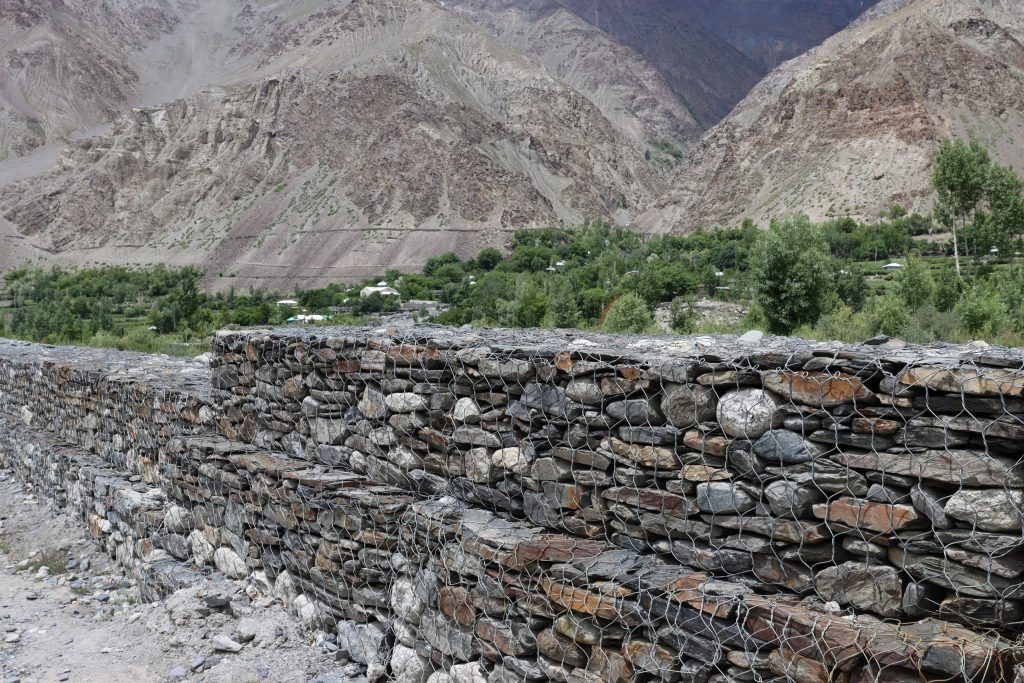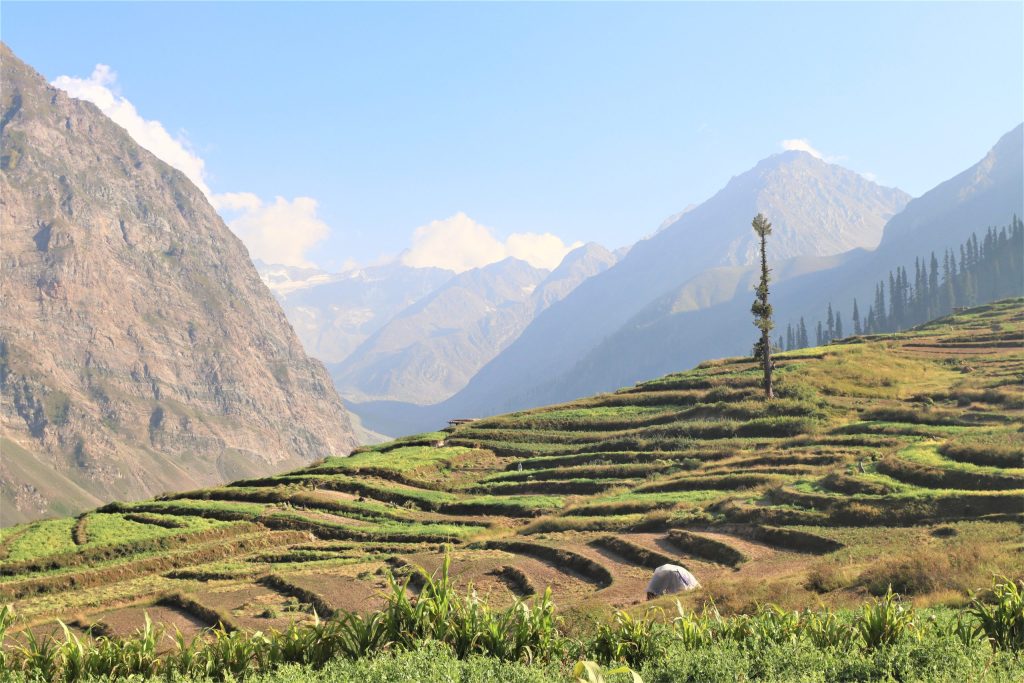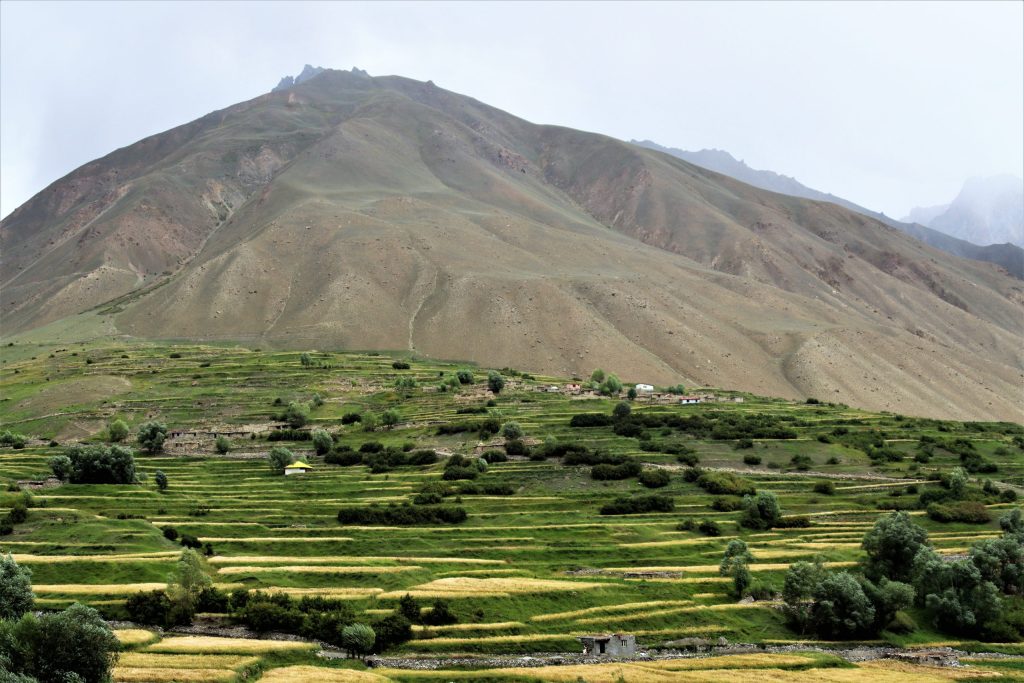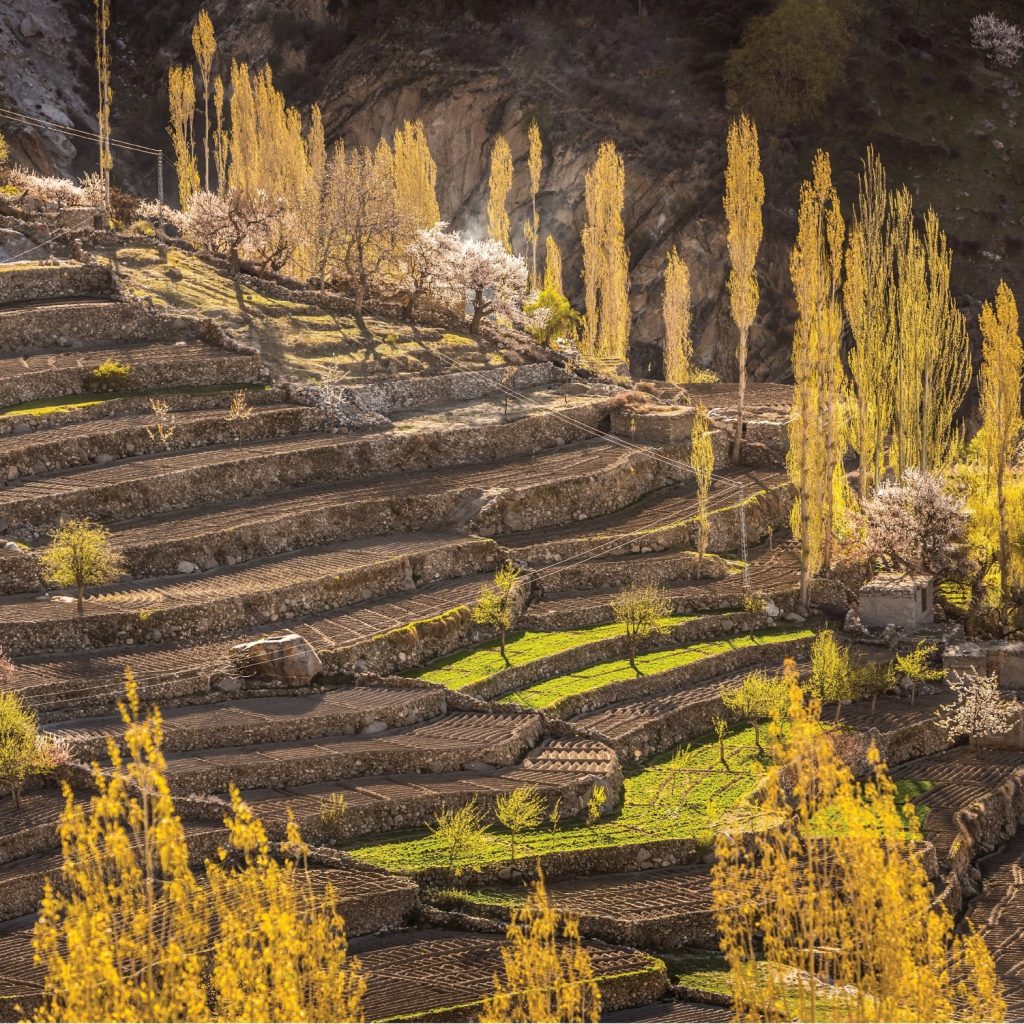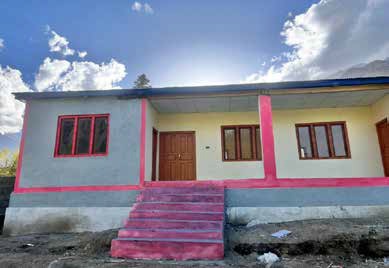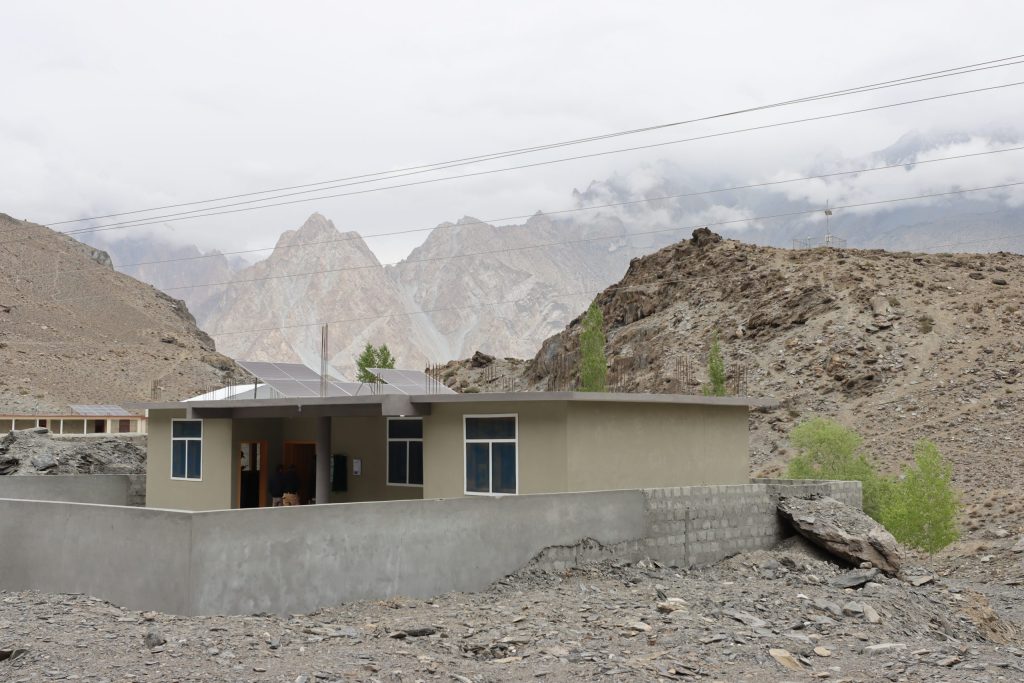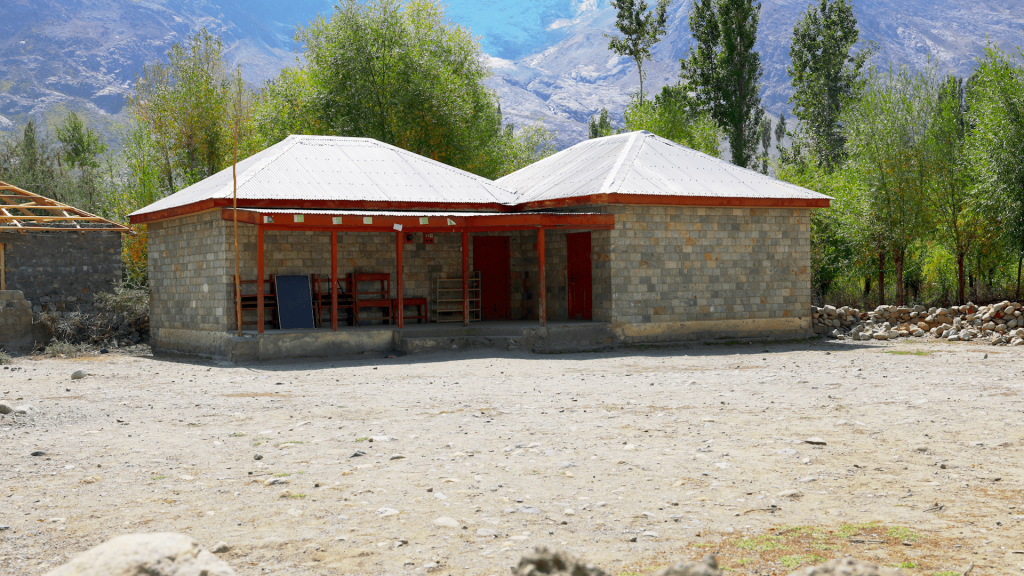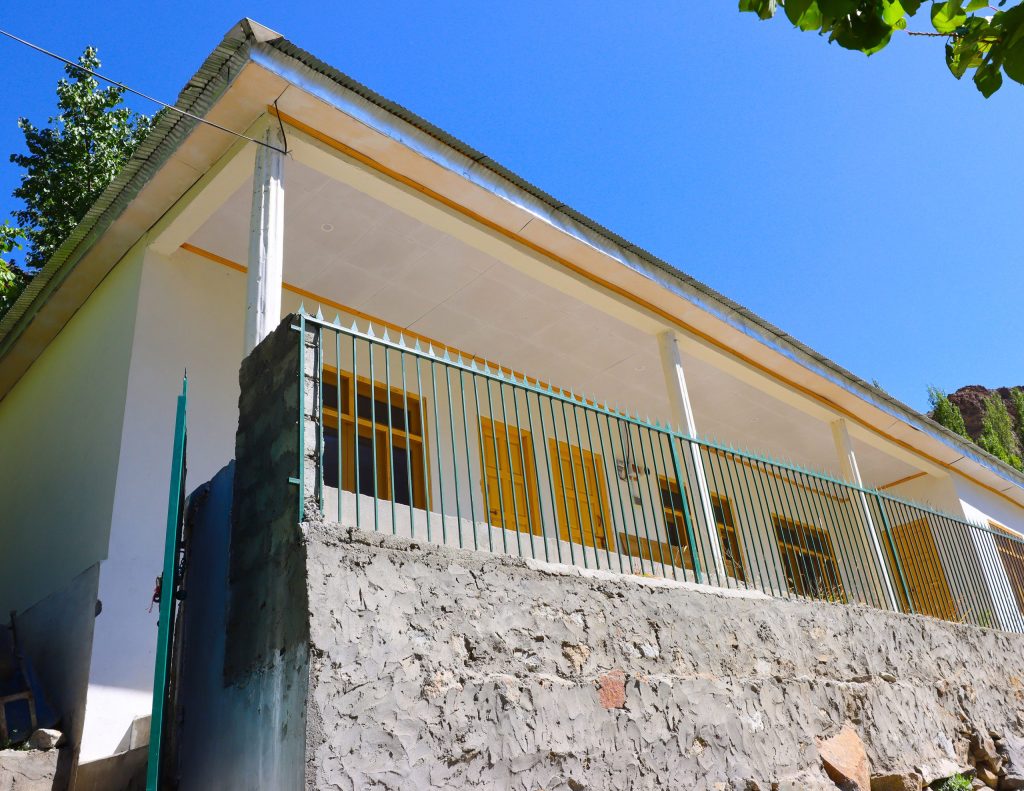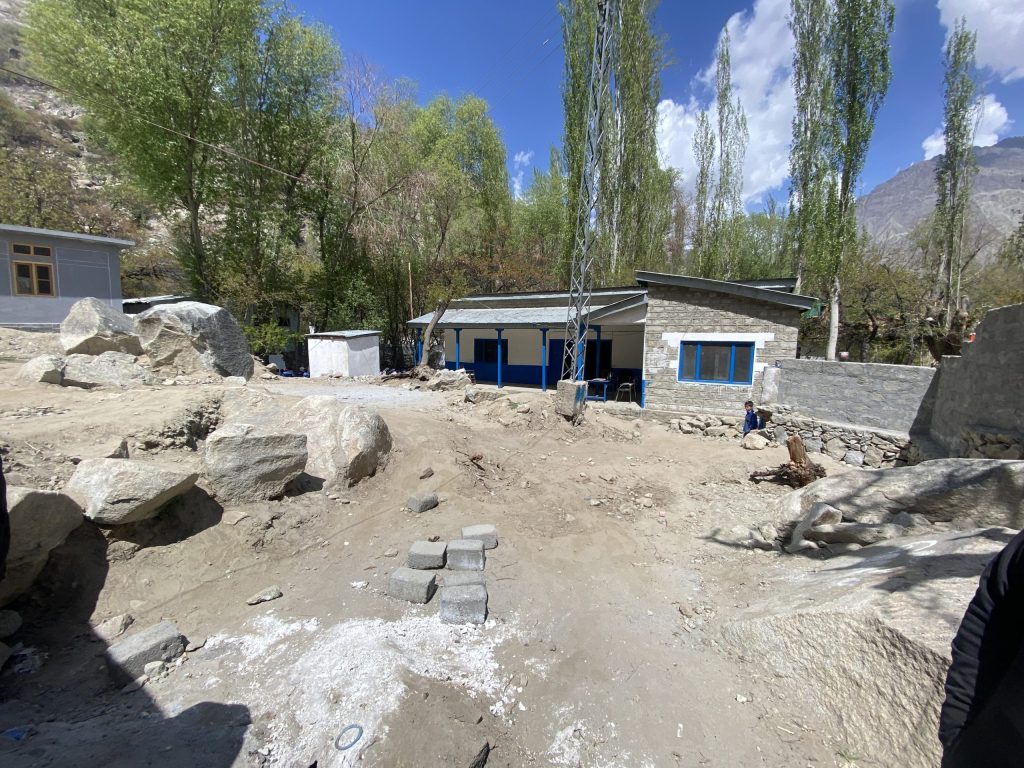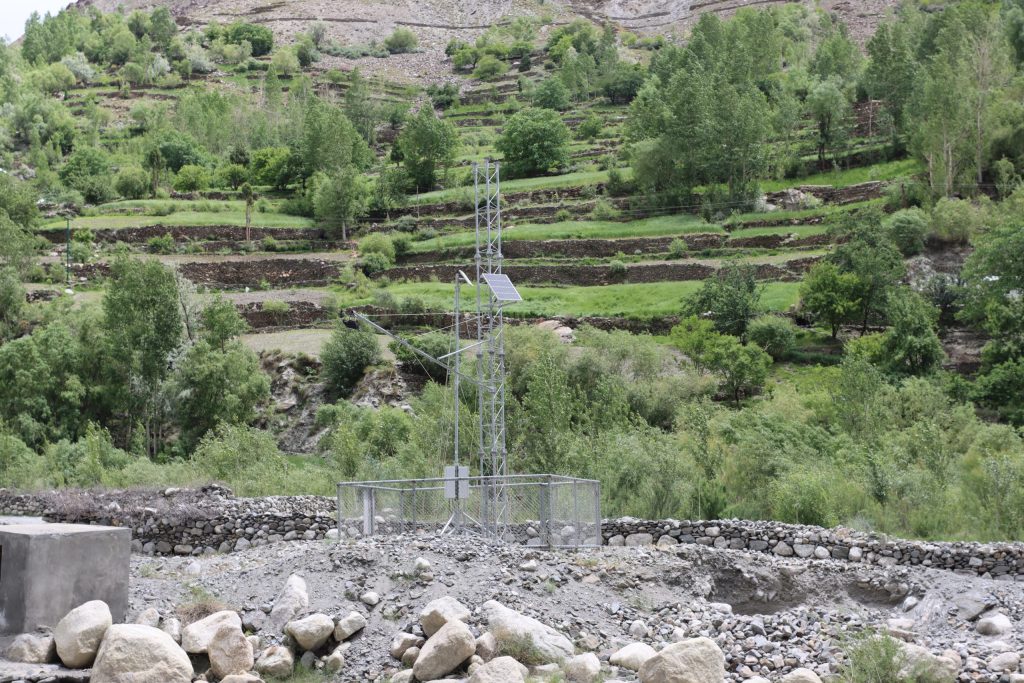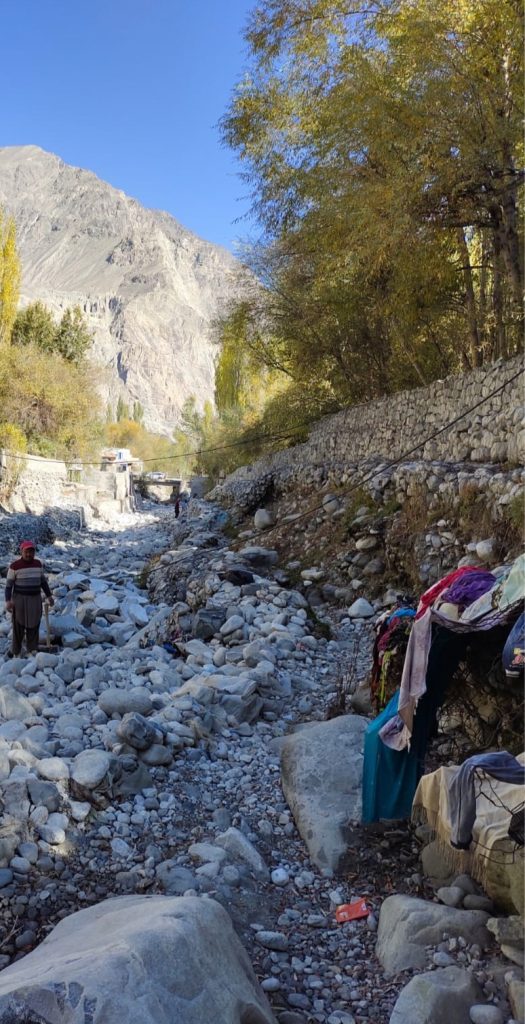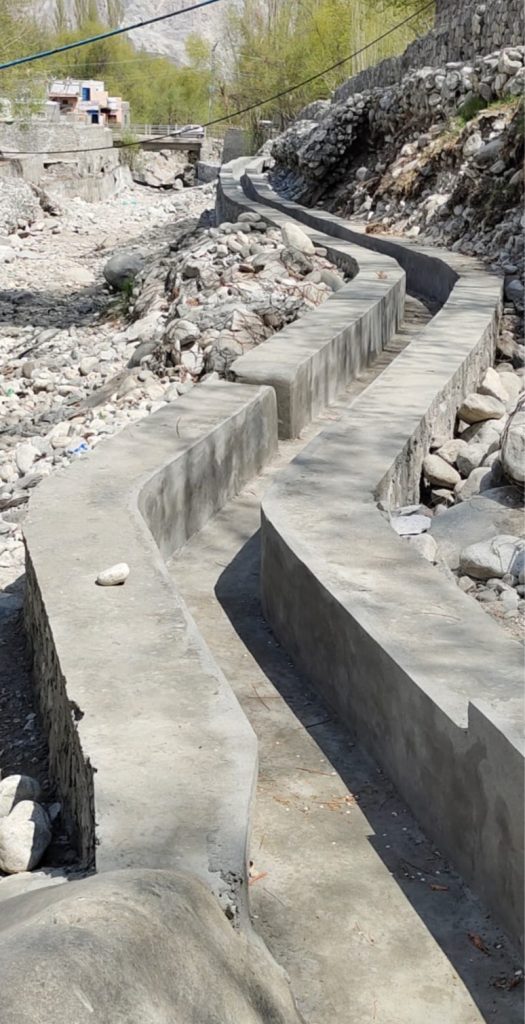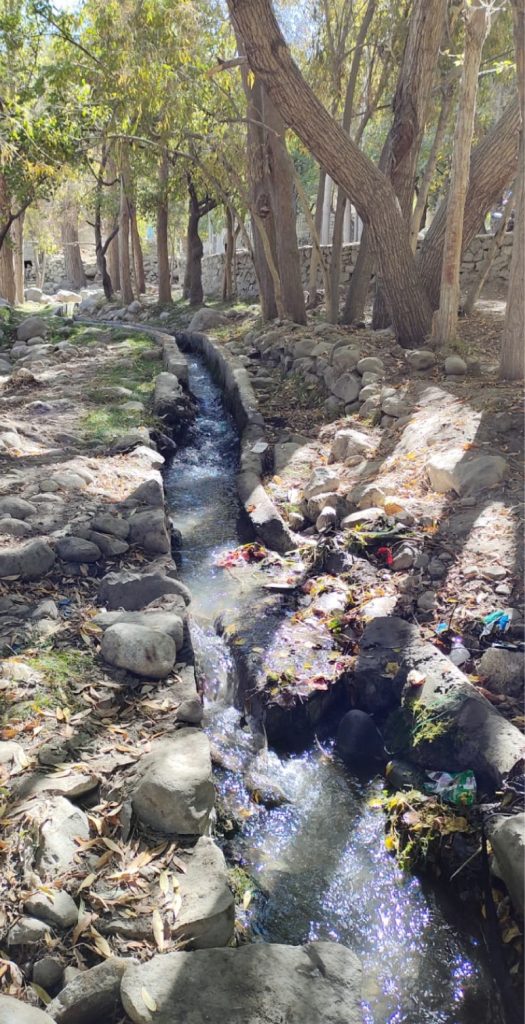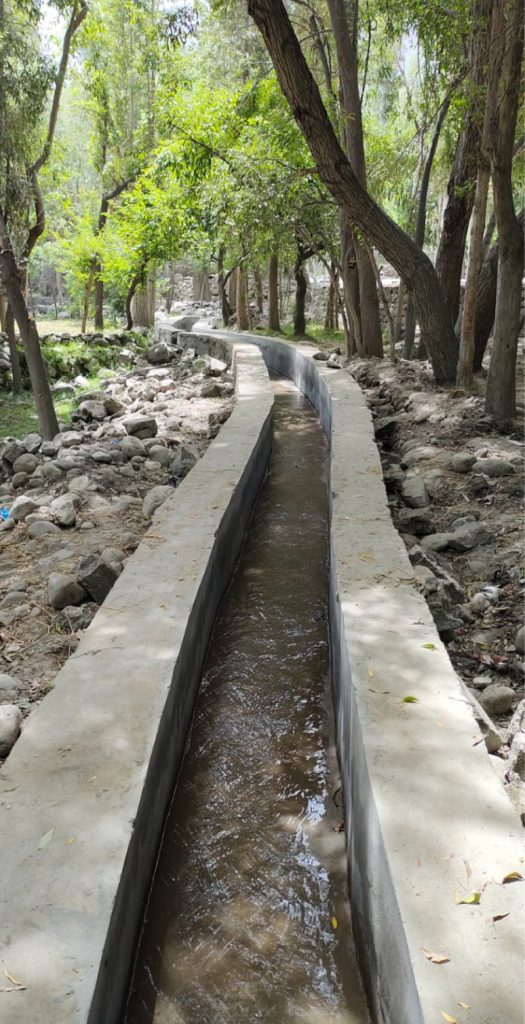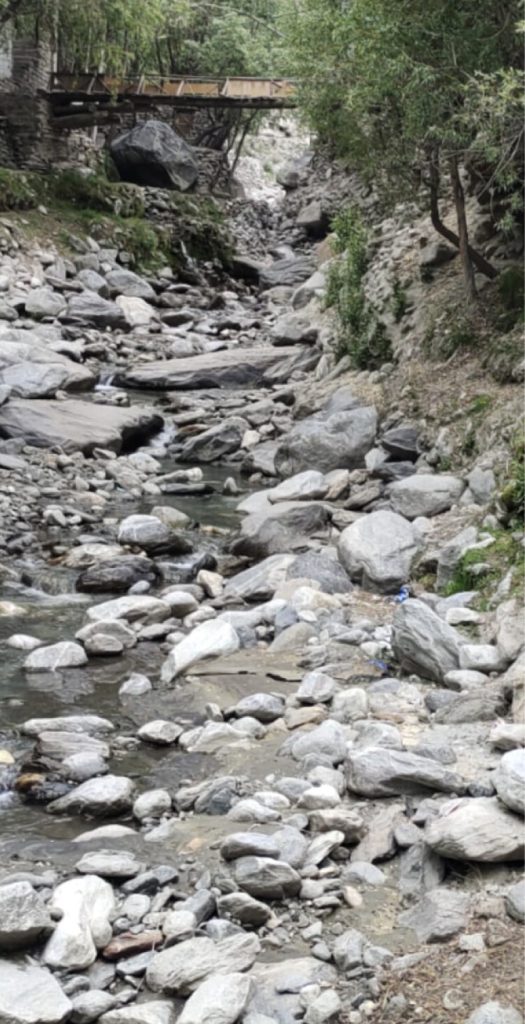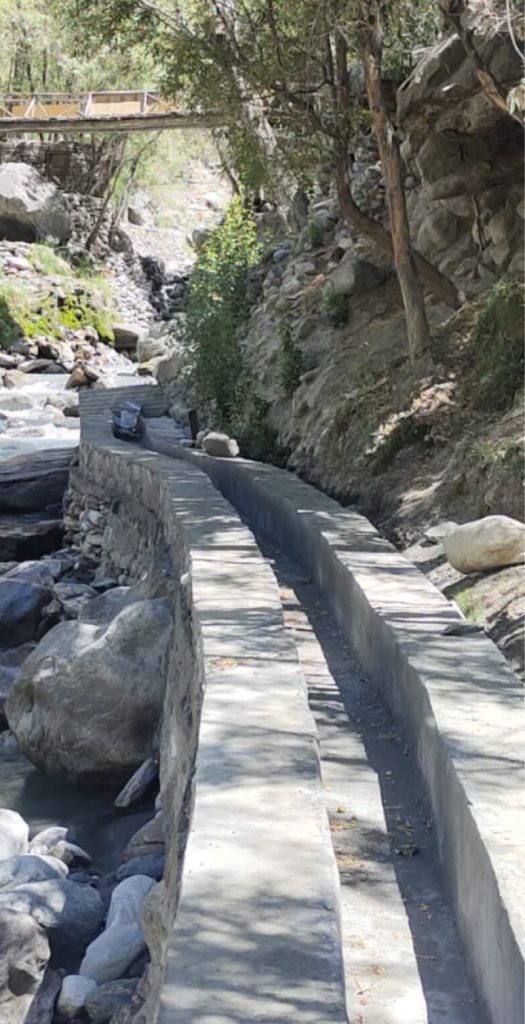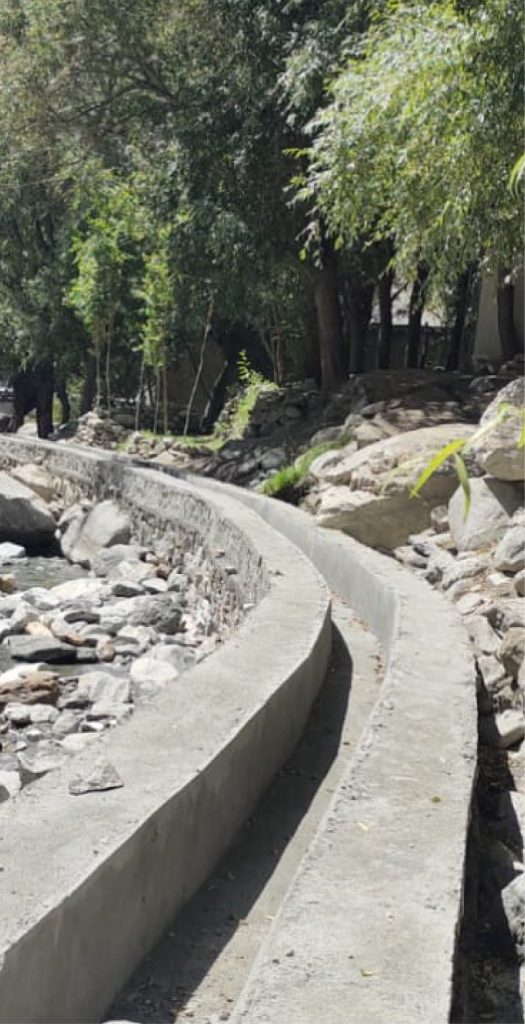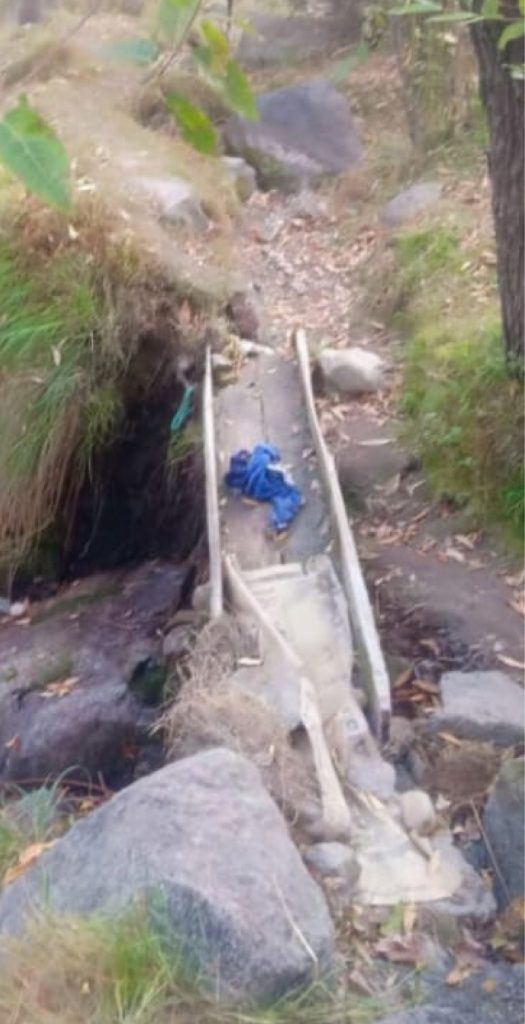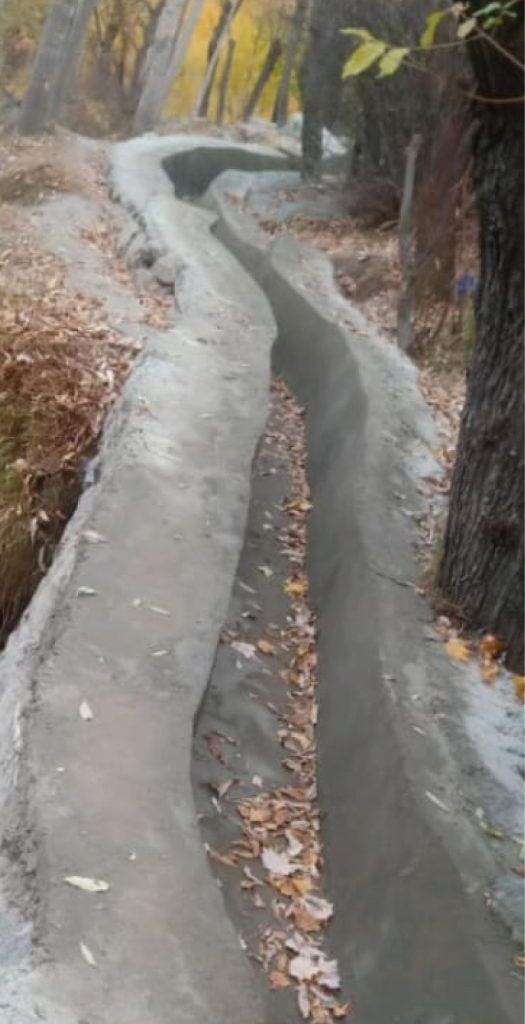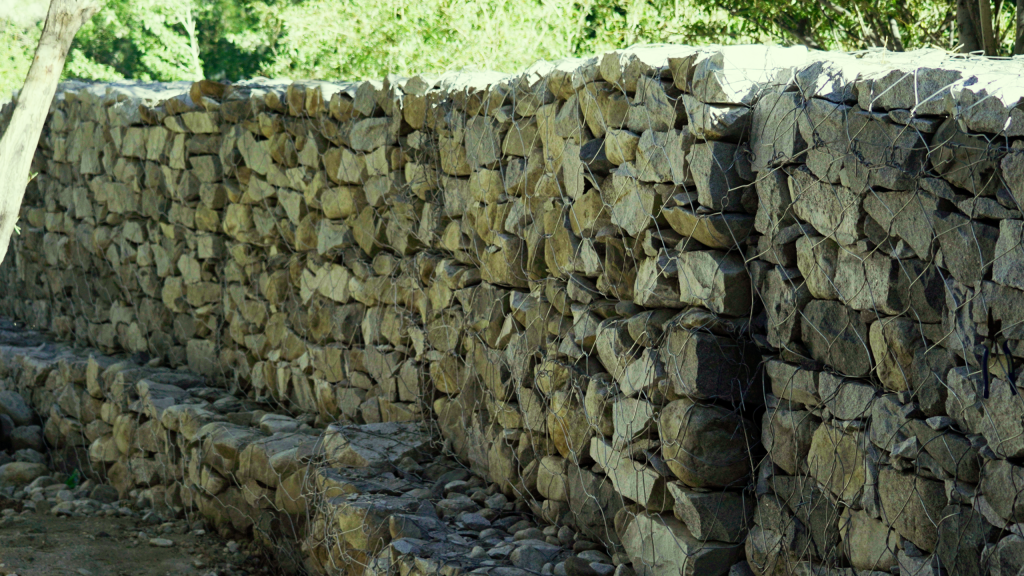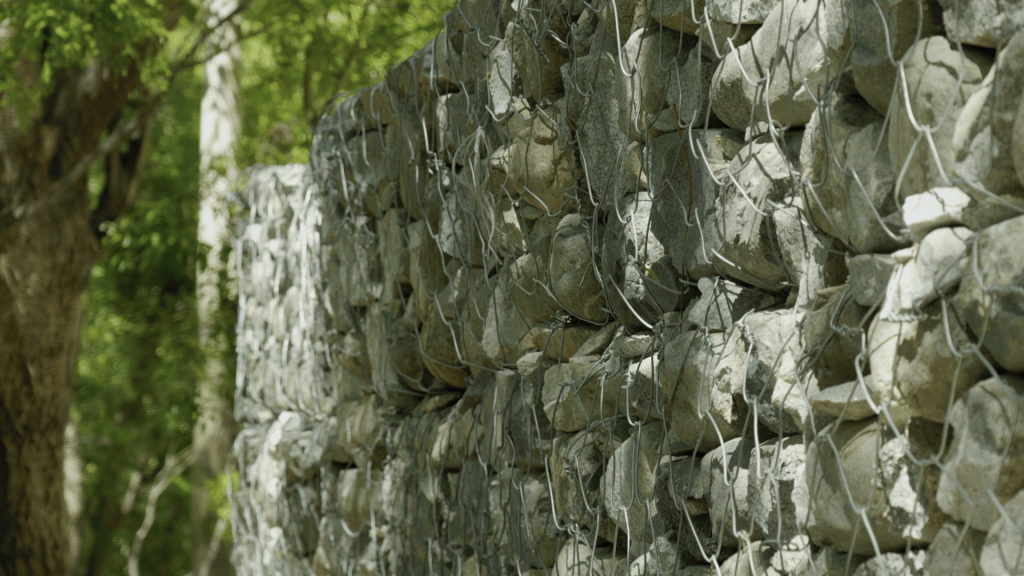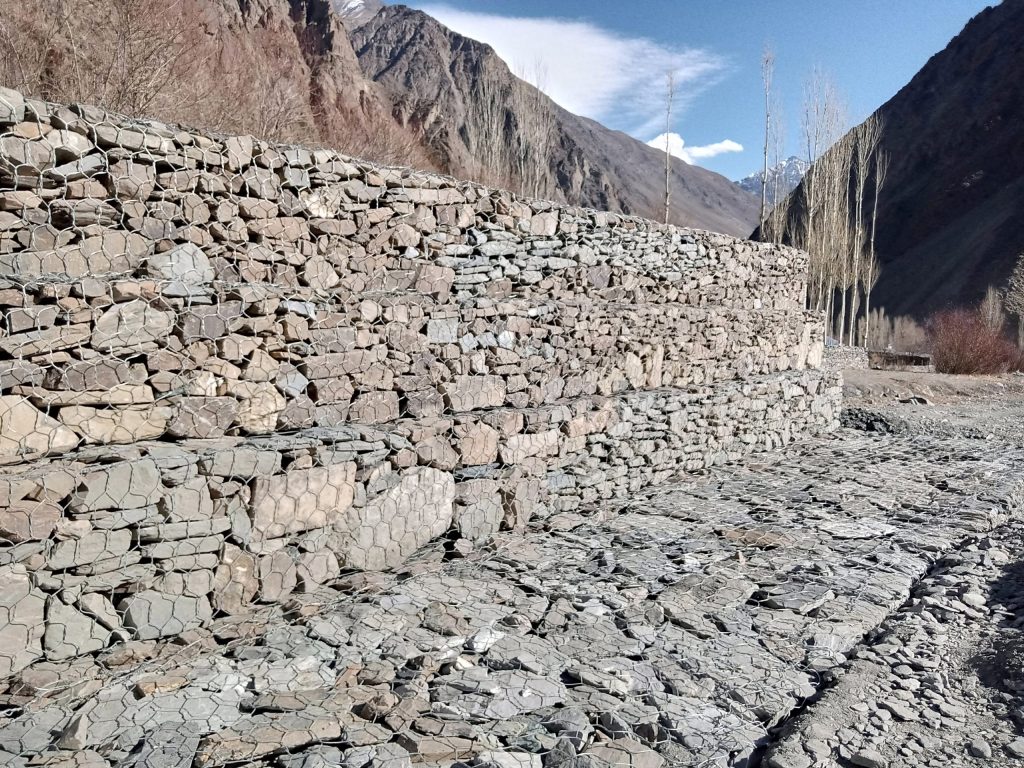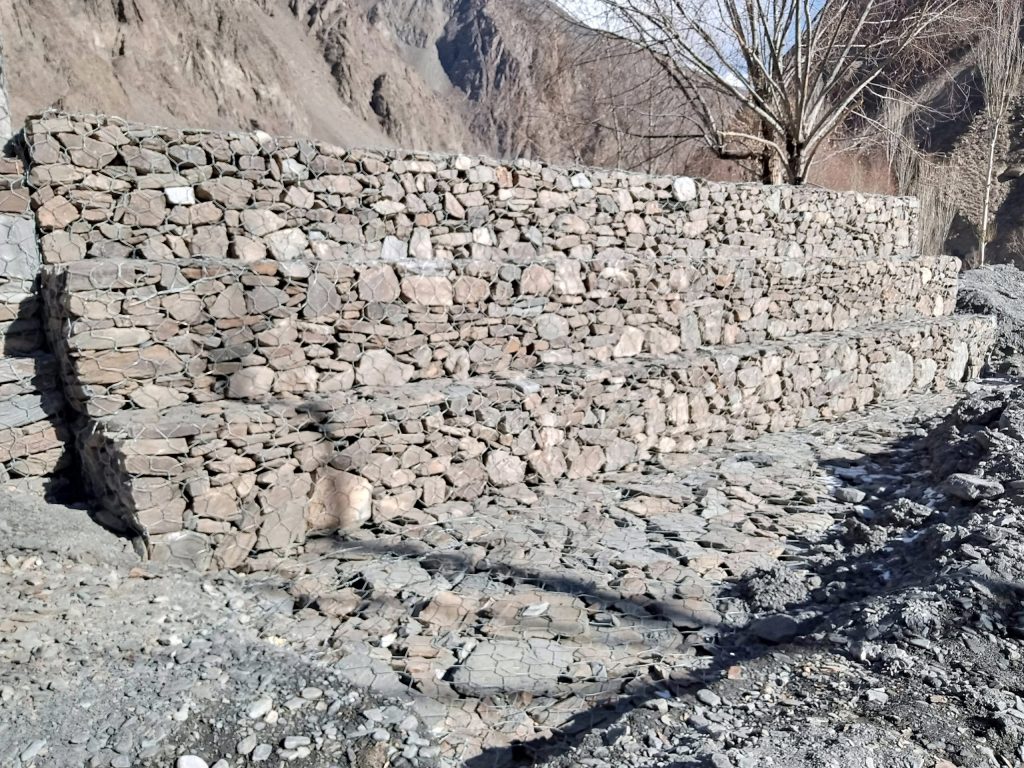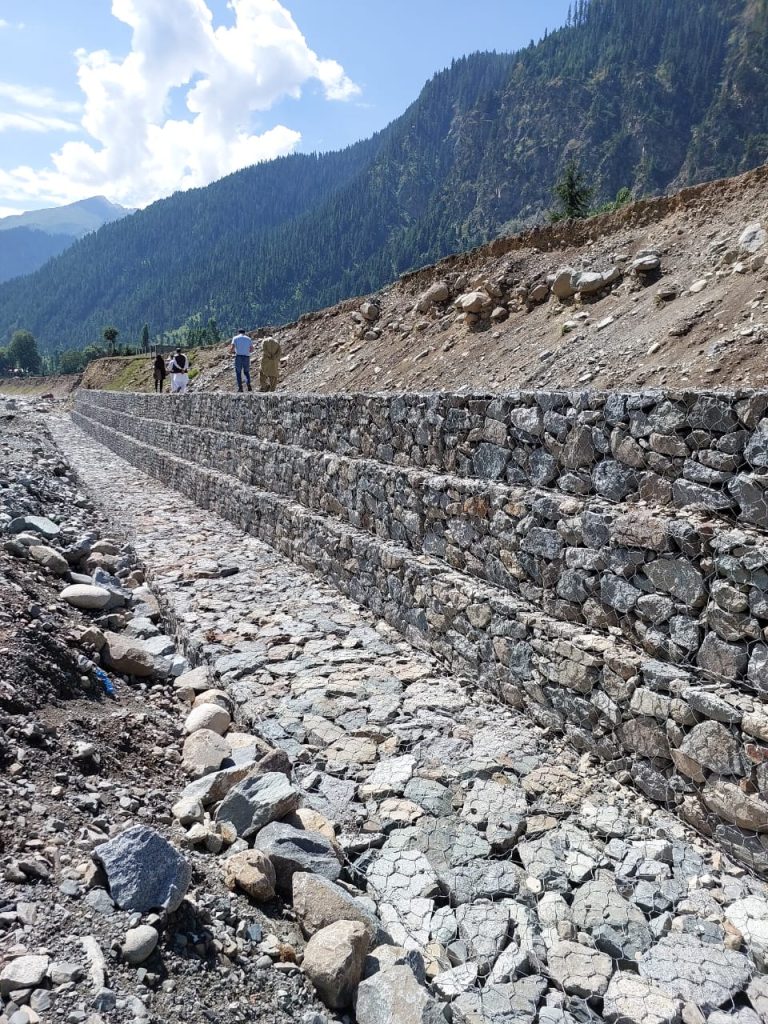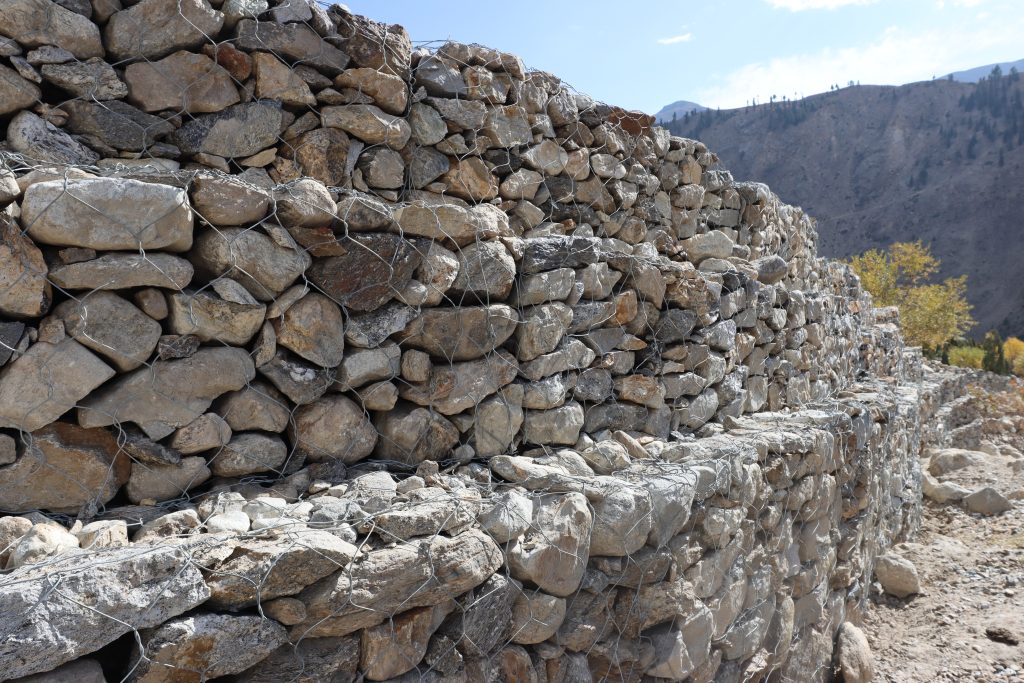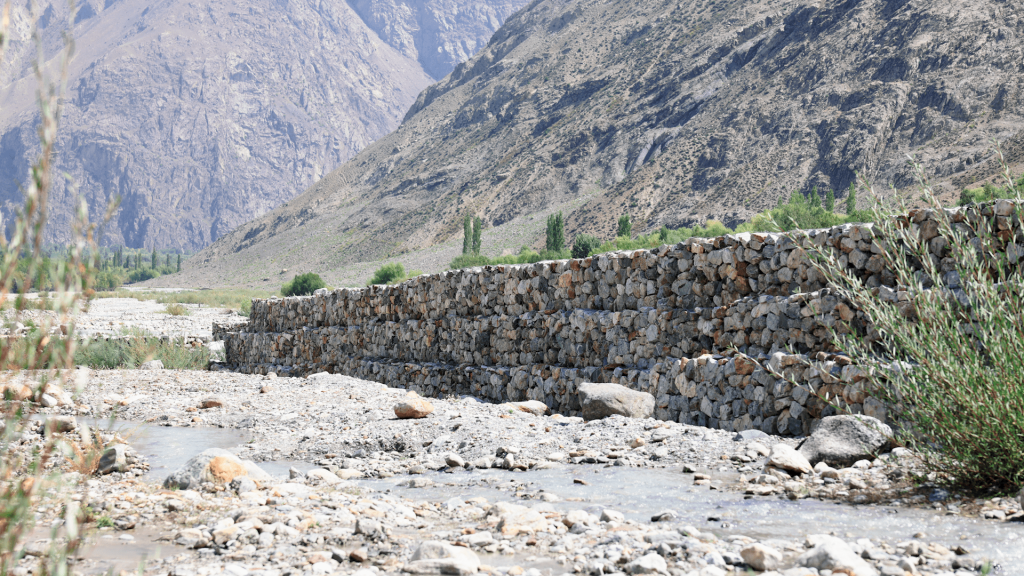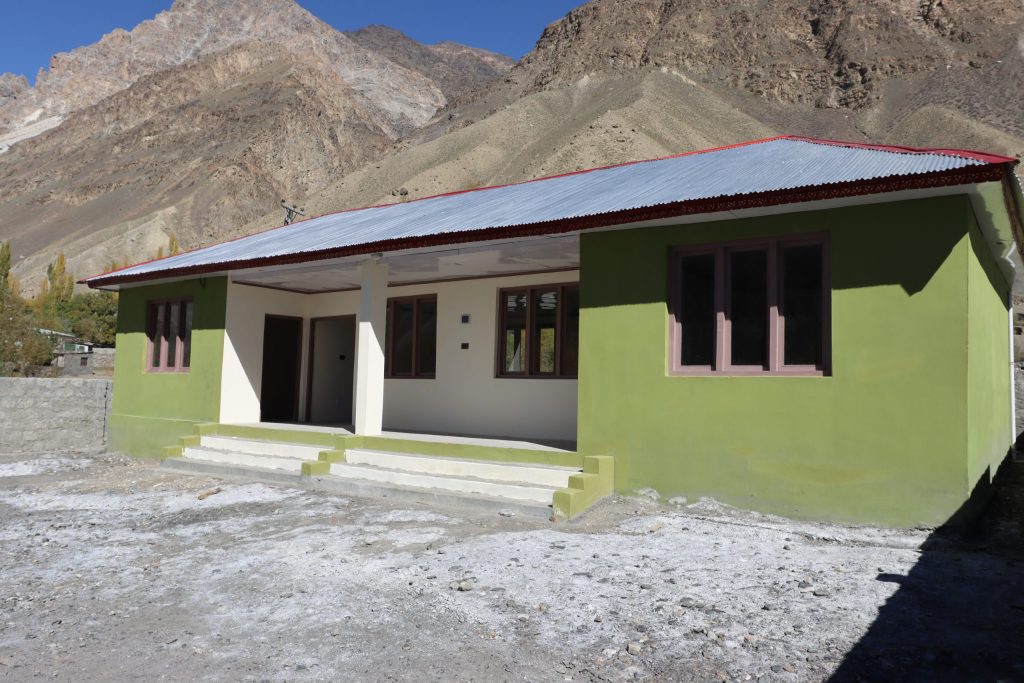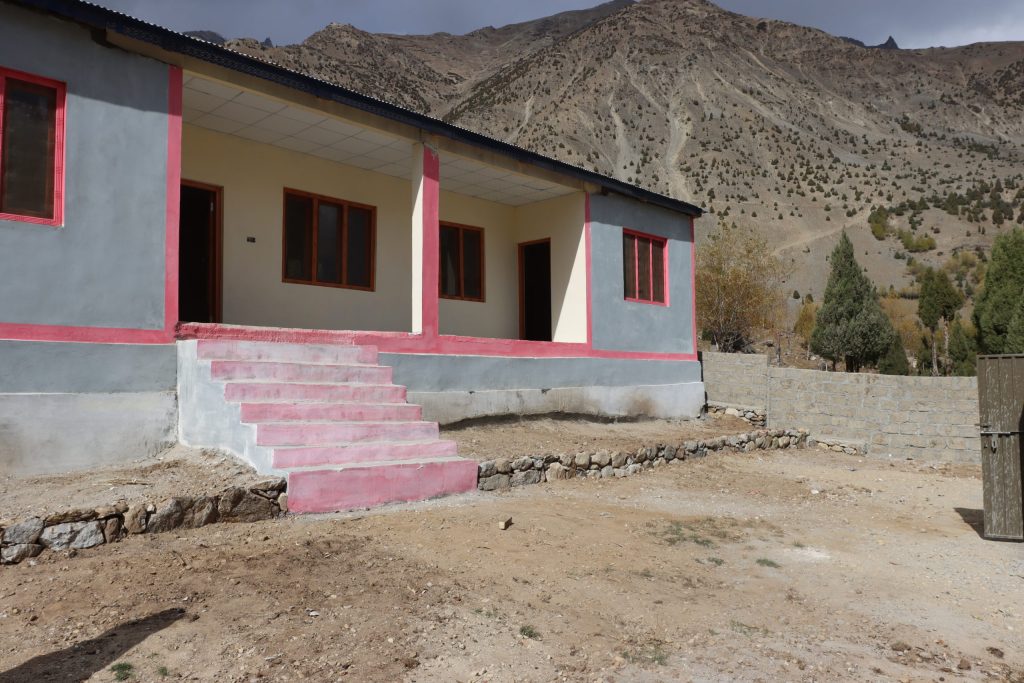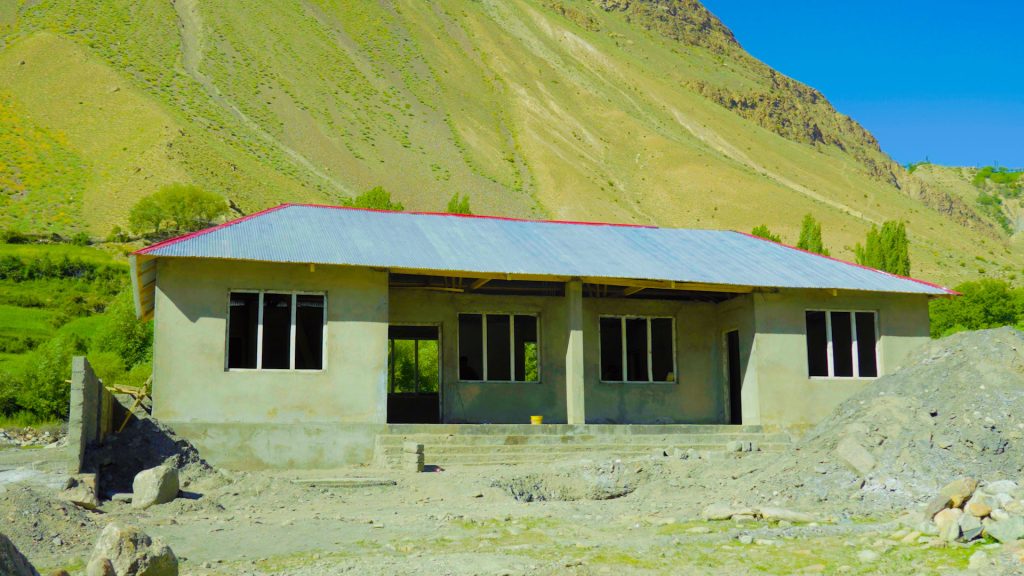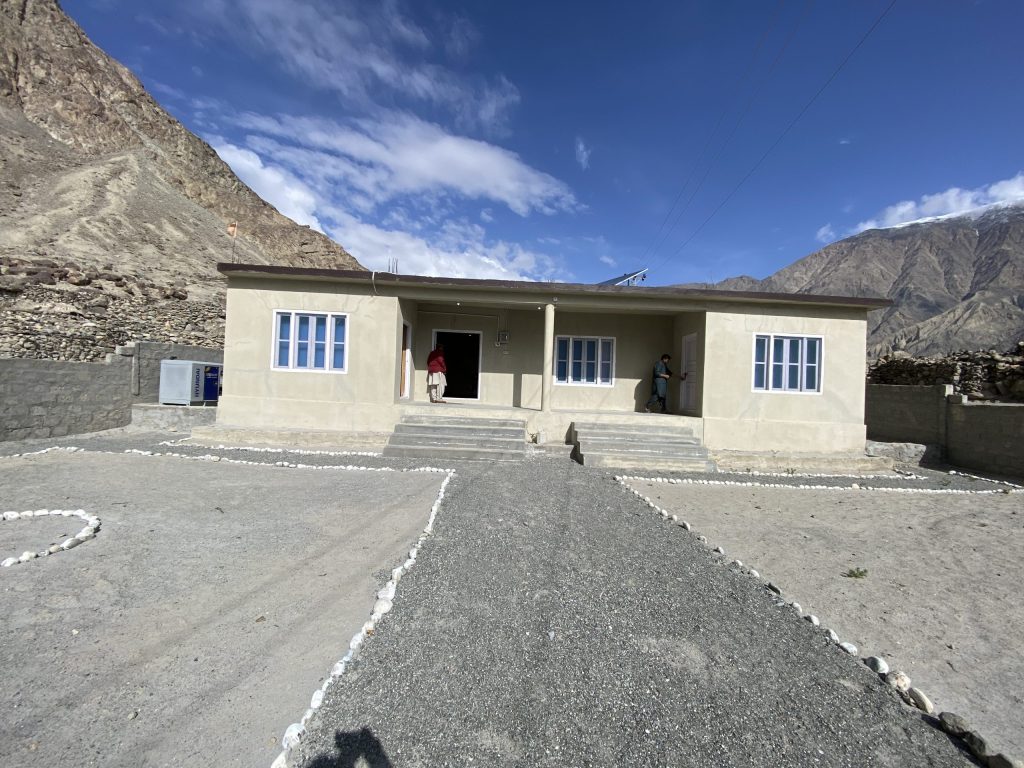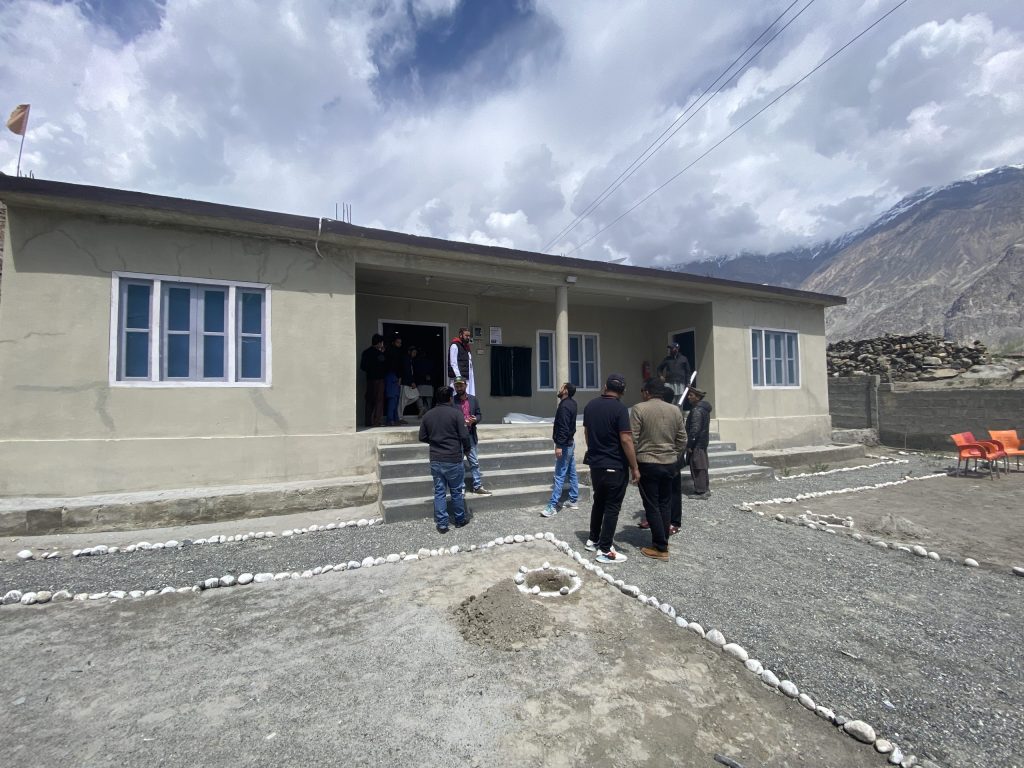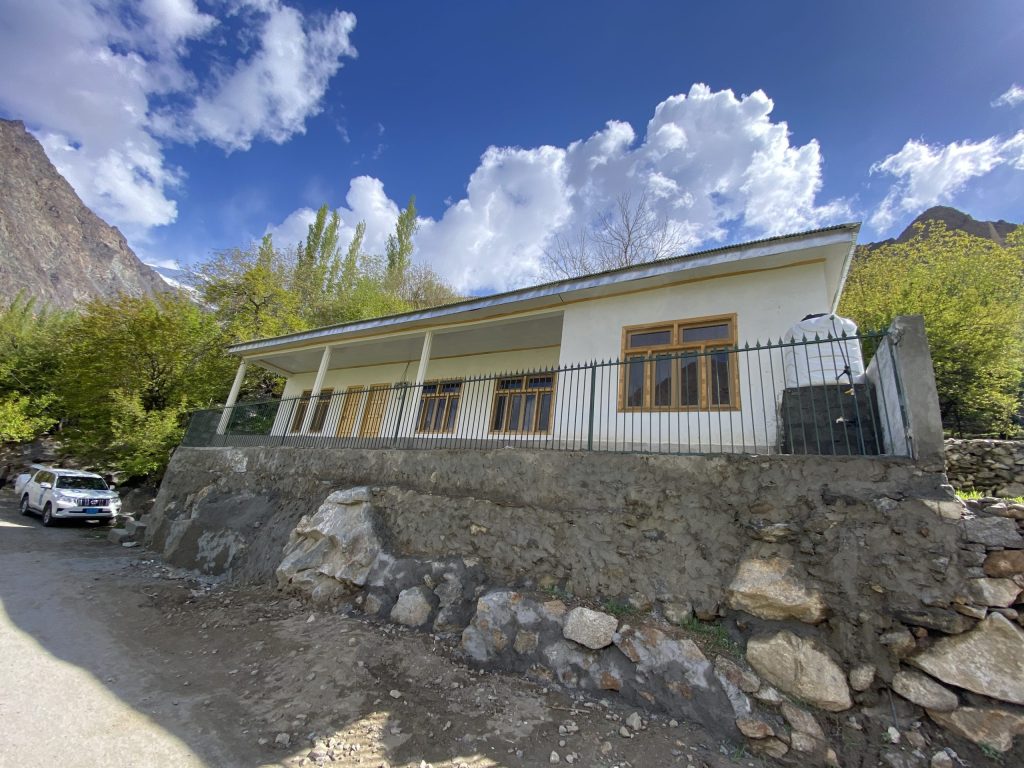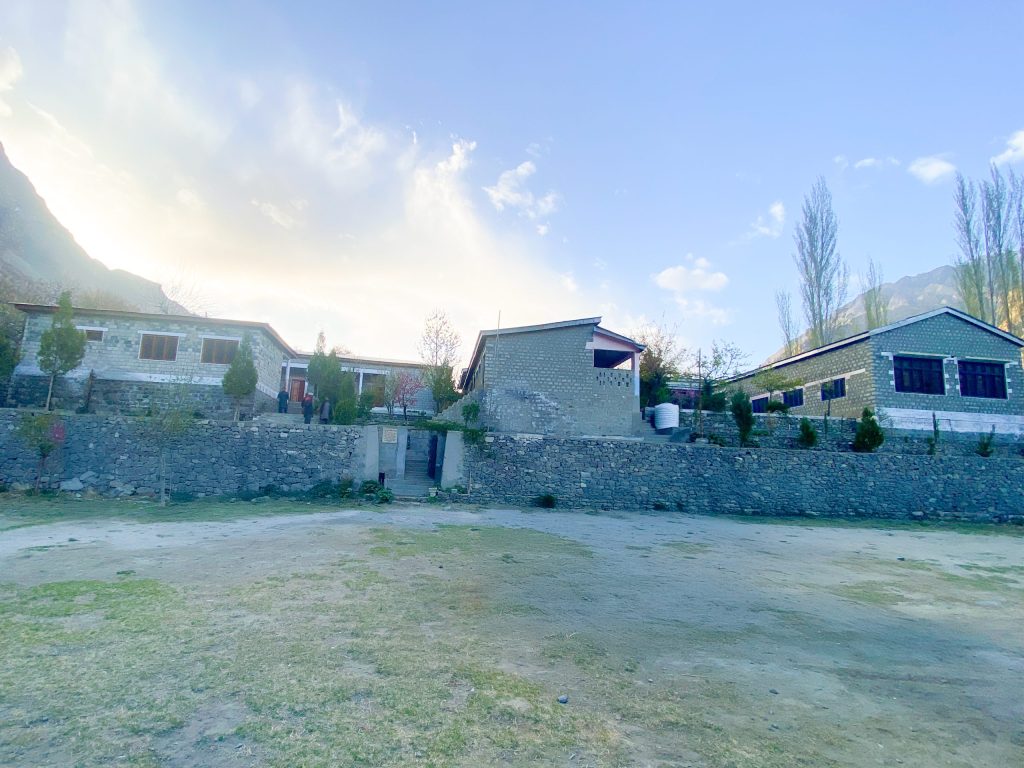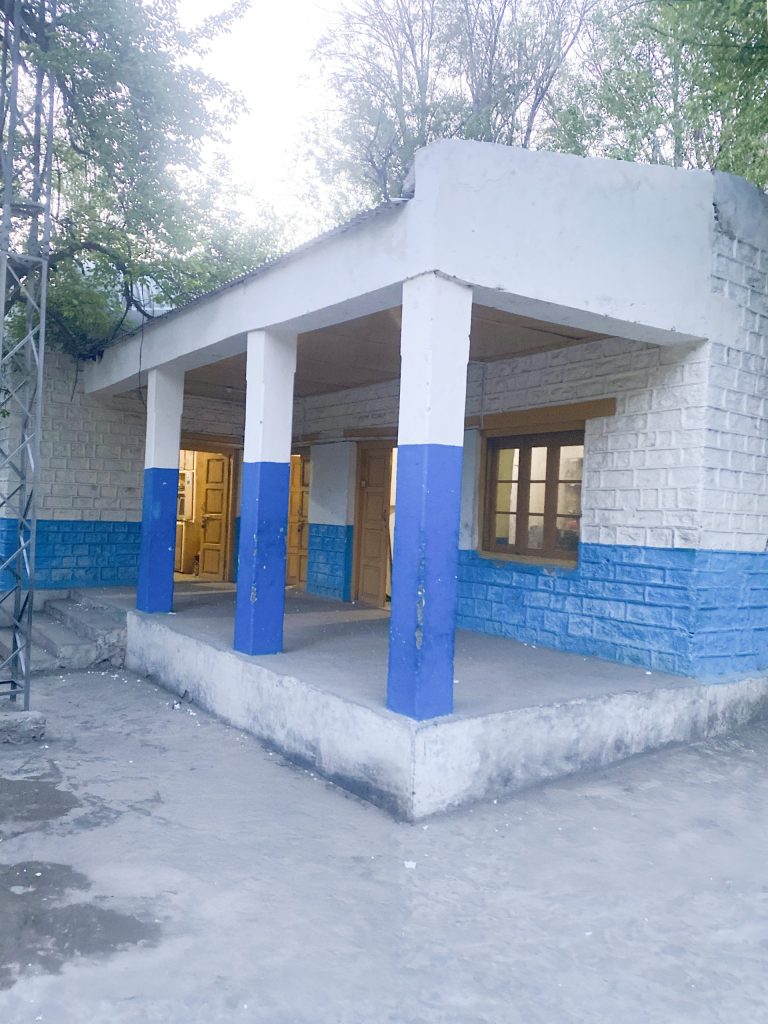GLOF-II Interventions
Introduction
The GLOF-II Project aims to strengthen the climate resilience of vulnerable communities across 24 valleys in 10 districts of Gilgit-Baltistan and 8 districts of Khyber Pakhtunkhwa.
GLOF-II adopts a comprehensive, multi-tiered approach to disaster risk reduction, focusing on:
- Enhancing institutional capacity at national and sub-national levels for climate-responsive planning
- Strengthening community-based Early Warning Systems (EWS)
- Promoting long-term climate adaptation through localized trainings and risk reduction strategies
- Enhancing institutional capacity at national and sub-national levels for climate-responsive planning
- Strengthening community-based Early Warning Systems (EWS)
- Promoting long-term climate adaptation through localized trainings and risk reduction strategies
EARLY WARNING SYSTEMS
IRRIGATION CHANNELS

Small-Scale Infrastructures
Slope Stabilization
Ha
Community Based Disaster Risk Management Centers
Safe Havens
EARLY WARNING SYSTEMS
IRRIGATION CHANNELS

Small-Scale Infrastructures
Ha
Slope Stabilization
Safe Havens
Community Based Disaster Risk Management Centers
EARLY WARNING SYSTEM
The Early Warning Systems (EWS) are used to monitor and predict climate induced disasters like GLOFs and help inform communities timely to evacuate before a disaster hits. The Project’s progress to date includes the installation of 287 EWS. It compromises of three components: Construction of Base Platforms, Mast Installation, and Equipment Installation by Pakistan Meteorological Department (PMD).
REHABILITATION OF IRRIGATION CHANNELS
Irrigation Channels provide greater access of water to communities and help farmers by irrigating their fields resulting in higher crop yield. 240 irrigation channels have been rehabilitated so far, achieving the project’s target.
Construction of Small-Scale Infrastructures
The small-scale infrastructures schemes like Gabion Walls control the erosion and scouring of land from floods and provide protection to embankment in the form of retaining structures. A total of 317 (67 additional) small scale infrastructures (gabion walls) have been constructed, achieving the project’s target.
Slope Stabilization
Slope Stabilization schemes help reduce storm water runoff through plantation and bio-engineering structures. A total of 760 hectares (Ha) of slope stabilization has been achieved.
Community Based Disaster Risk Management (CBDRM) Centers
CBDRM Centers provide a base to support community efforts for planning, preparedness, and effective response against disaster events. 23 CBDRM Centers have been constructed in the valleys, as per the project’s target.
Safe Havens
Safe havens serve as secure shelters for communities during disasters and provide refuge for those who have lost their homes or sustained damage during floods and other crises. 48 Safe Havens have been established in the valleys, as per the project’s target.
project’s achievements
- The installation of 287 Early Warning Systems at high-risk locations
- The construction of 337 flood protection structures such as gabion walls, spanning 39,615 meters
- The rehabilitation of 240 irrigation channels, covering over 126,246 meters, thereby improving water access for agriculture
- The establishment of 23 Community Based Disaster Risk Management Centres (CBDRMCs)
- The construction of 48 safe havens
- Slope stabilization covering 760 hectares of land through bio-engineering techniques, significantly reducing the threats of landslides and soil erosion
- The installation of 287 Early Warning Systems at high-risk locations
- The construction of 337 flood protection structures such as gabion walls, spanning 39,615 meters
- The rehabilitation of 240 irrigation channels, covering over 126,246 meters, thereby improving water access for agriculture
- The establishment of 23 Community Based Disaster Risk Management Centres (CBDRMCs)
- The construction of 48 safe havens
- Slope stabilization covering 760 hectares of land through bio-engineering techniques, significantly reducing the threats of landslides and soil erosion
- Supporting indigenous, nature-based solutions such as ice-stupas, avalanche harvesting, and glacier grafting to enhance long-term water security
- Supporting indigenous, nature-based solutions such as ice-stupas, avalanche harvesting, and glacier grafting to enhance long-term water security
- In terms of community empowerment, the project has trained 5,761 women in climate-resilient livelihoods, including livestock, poultry, yak and fish farming, tunnel farming, kitchen gardening, and medicinal plant cultivation, along with disaster preparedness. Overall, these initiatives have directly benefited more than 605,000 people (295,176 women and 309,971 men), substantially enhancing community resilience to climate-induced hazards
- In terms of community empowerment, the project has trained 5,761 women in climate-resilient livelihoods, including livestock, poultry, yak and fish farming, tunnel farming, kitchen gardening, and medicinal plant cultivation, along with disaster preparedness. Overall, these initiatives have directly benefited more than 605,000 people (295,176 women and 309,971 men), substantially enhancing community resilience to climate-induced hazards


